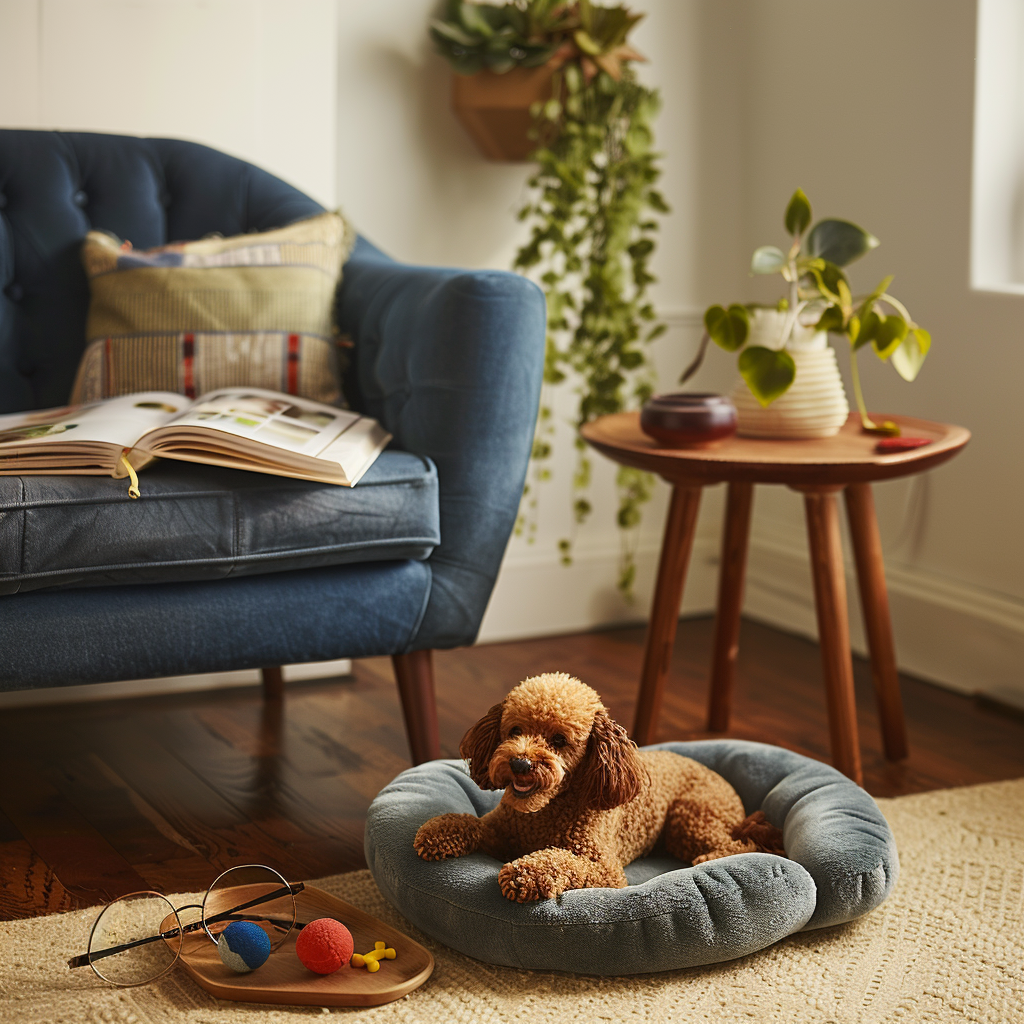If you’re longing for a furry companion but dread the thought of sneezing, watery eyes, and running noses, don’t lose hope just yet. Hypoallergenic dog breeds might be the answer to your puppy dreams. While it’s important to understand that no dog breed is 100% hypoallergenic, some breeds are less likely to stir up allergies. These breeds tend to shed less hair and dander—the usual culprits behind allergies—and are often more tolerable for allergy sufferers. So, let’s dive into the world of hypoallergenic dog breeds, which can make having a dog more joy and less sniffle.
The term “hypoallergenic” can be a bit misleading because it suggests that these breeds won’t cause allergies at all, which isn’t entirely accurate. In reality, all dogs produce some amount of dander, saliva, and urine, which carry allergens. However, hypoallergenic breeds tend to produce less dander or have a coat that doesn’t shed hair as much, minimizing the spread of allergens. These dog breeds have coats that are more akin to human hair, which means less shedding and fewer airborne allergens floating around your home.
Among the plethora of dog breeds, hypoallergenic dogs come in all shapes and sizes. For those looking for smaller companions, breeds like the Poodle—in all its size variations such as standard, miniature, and toy—offer a world of sophistication and minimal shedding. The Bichon Frise and Maltese are also excellent choices, boasting fluffy, hypoallergenic coats with heaps of character. Don’t overlook the sleek Chinese Crested, which comes in both hairless and powderpuff varieties, for an almost guaranteed reduction in allergic reactions. These breeds not only cater to those with allergies but also come with unique personality traits and care requirements that can fit into a variety of lifestyles.
Managing dog allergies doesn’t stop at choosing a hypoallergenic breed. A thoughtful approach to reducing allergy triggers can significantly improve living conditions. Regular grooming and bathing of your dog can minimize dander, while investing in a good air purifier can capture airborne allergens. Frequent vacuuming and dusting of your living space, especially in areas where your dog spends a lot of time, can also greatly reduce allergen levels. It’s worth noting that allergy sensitivity varies from person to person, so spending time with a breed before bringing one home is a wise decision.
Choosing the right hypoallergenic dog breed for your lifestyle and allergy needs can be a breath of fresh air—quite literally. With careful selection and proper allergy management techniques, people with allergies can enjoy the companionship of a furry friend without compromising their health or comfort. Remember, every dog is unique, and what works for one person may not work for another. Therefore, it’s crucial to do your homework, consult with professionals, and spend time with potential breeds before making a commitment.
In conclusion, hypoallergenic dog breeds offer hope and happiness to allergy sufferers everywhere. While no dog can be completely allergen-free, certain breeds have characteristics that significantly lower the risk of triggering allergies. By considering your lifestyle, the size and coat of the dog, and implementing strategies to manage allergies, you can enjoy the countless benefits of dog ownership. Don’t forget to visit reputable sources online and meet with breeders or rescue organizations to find your perfect hypoallergenic companion. With a little research and preparation, you and your new furry friend will be ready to embark on a wonderful, allergy-friendly adventure together.






